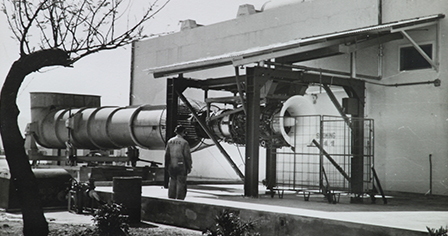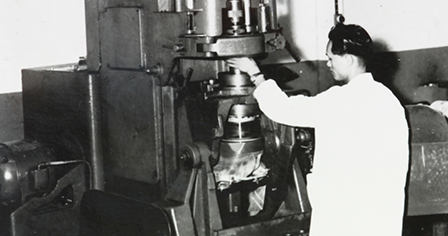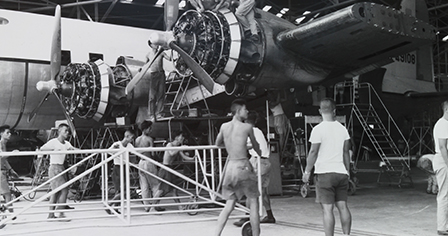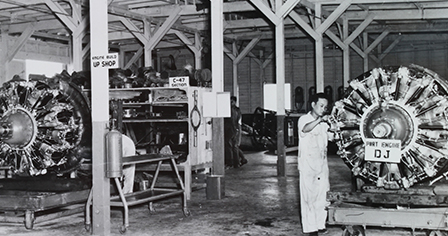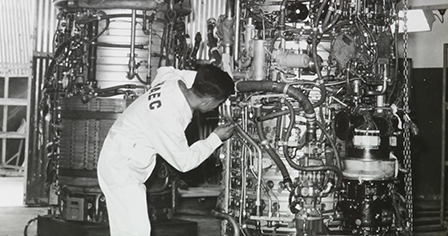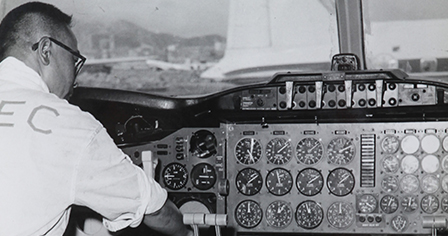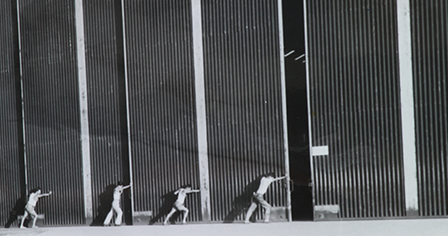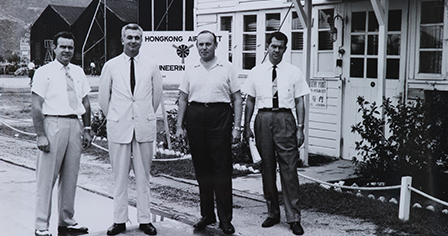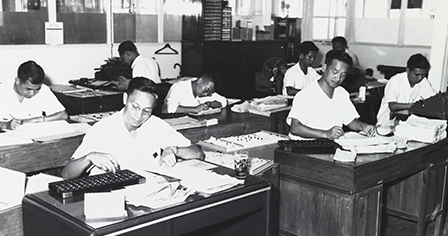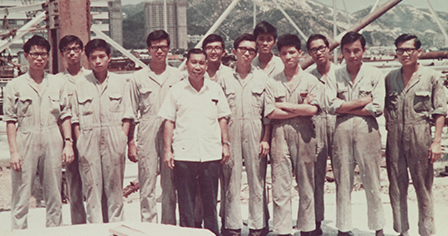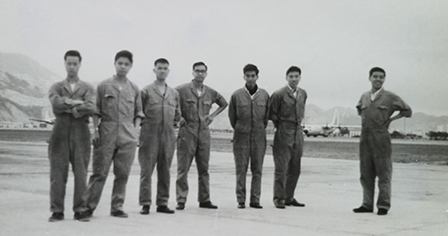
 Stories
Stories
-
14
Why I joined HAECO
-
15
The apprentices
-
16
MET flyer
-
17
CV240
-
18
Mistakes & even more mistakes
-
19
Up in the air
-
20
When boss calls
-
21
Craftsmanship rules
-
22
Package matters
-
23
Seaplanes maintenance
-
24
Reconfiguration
-
25
Fixing the gas tank
-
26
Tempting staff benefits
-
27
New business
-
28
747 inauguration
-
29
New is not enough
-
30
We rock the world
-
31
Lufthansa incident
15


Bob
For the raw recruits, do they have to pay tuition fee to receive training in HAECO?

Liang Yee Ming
Of course not. On the contrary, the company gave subsidy to apprentices! That said, newcomers of the “Overhaul Department” had to buy something from the seniors…

Mrs. Wong
Protection money? Contribution to the loan club?

Liang Yee Ming
The remuneration of new employees at HAECO
In the Overhaul Department, you had to buy your own tools of the trade. The old hands would sell theirs to the new boys. They didn’t charge you in the first month because they knew you hadn’t earned anything yet. After you got the salary, you had to settle the account. My first month’s pay was $500, but it turned out I could only pocket $200.

Lee Ming Chien
Let’s look at our lives in HAECO in the 40s to 70s!
The photo shows the only engine testing site for HAECO in the 40s. This outdoor engine testing site is built by digging a large hole in the ground to minimize the effects of jet blast.
The electrical shop in the 1940s. The workshop started to employ female labours at that time. They are rewinding the generator armature and field coils.
Sir Robert Brown Black, the Governor of Hong Kong, visiting HAECO’s electrical workshop in 1958, accompanied by the HAECO tai-pan.
Maintenance workshop of aircraft safety equipment. In the photo we can see the aircrafts’ rubber lifeboats, inflated on the ground.





